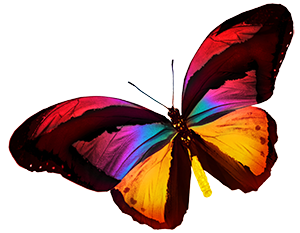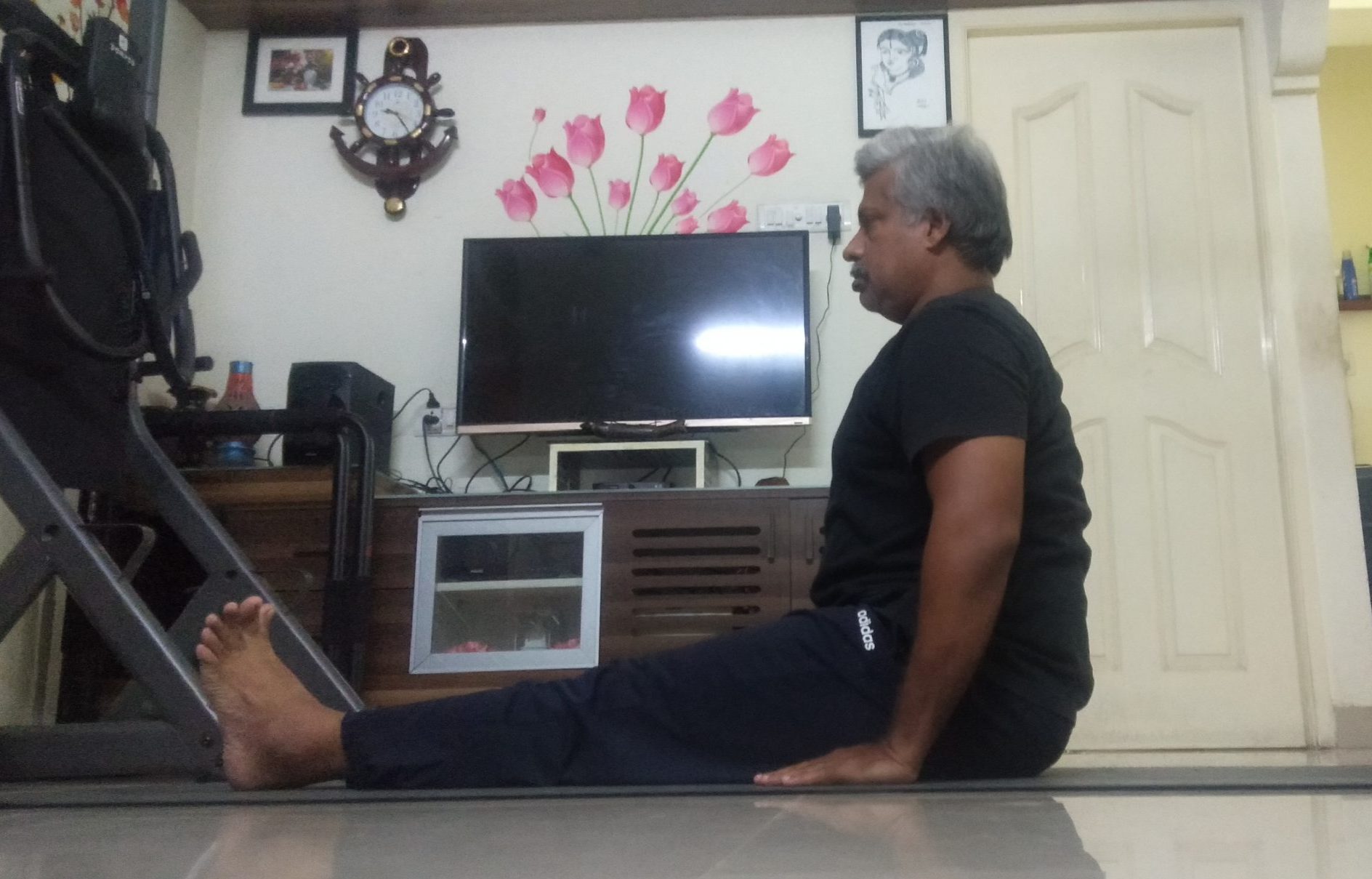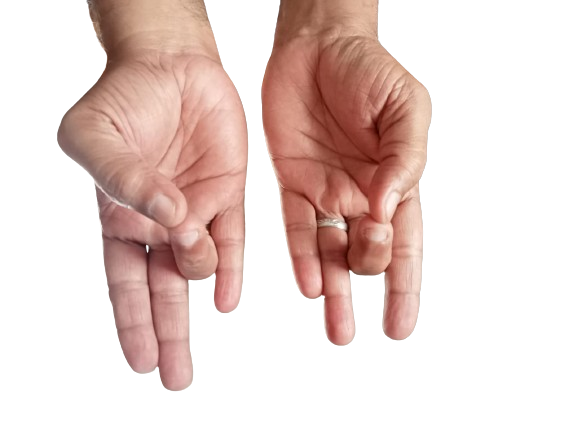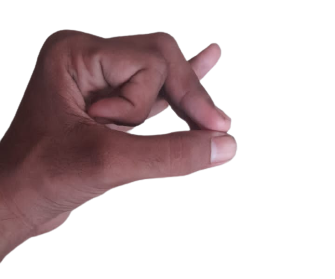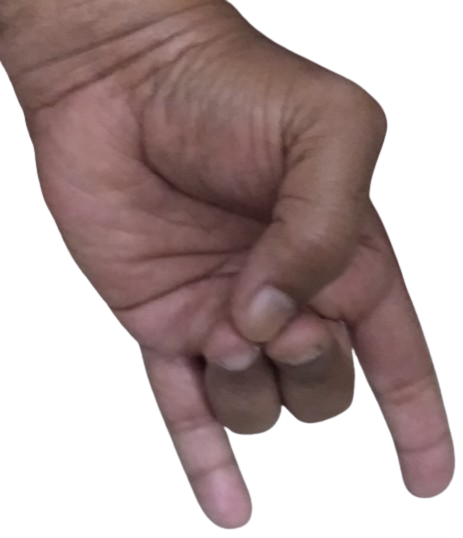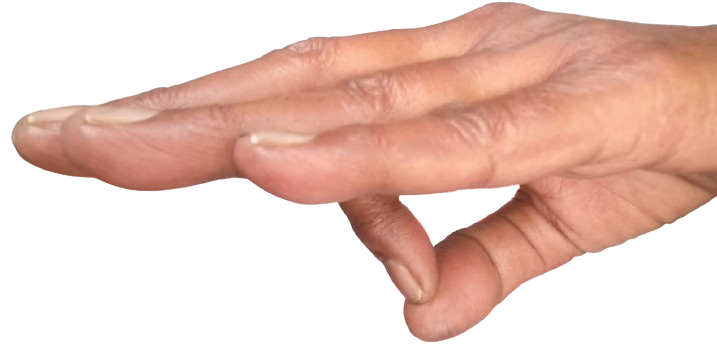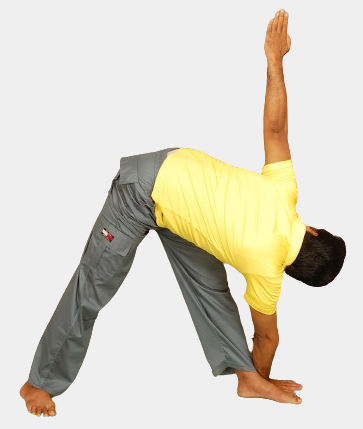A very simple pose to look at, Staff Pose is an excellent pose for strengthening the back. ‘Dandu’ in Sanskrit means ‘staff’ and ‘spine’. Staff Pose stretches the spine and also aids in proper breathing. The pose helps to focus on the flow of prana throughout the body. Seated yoga poses are begun with Staff Pose.
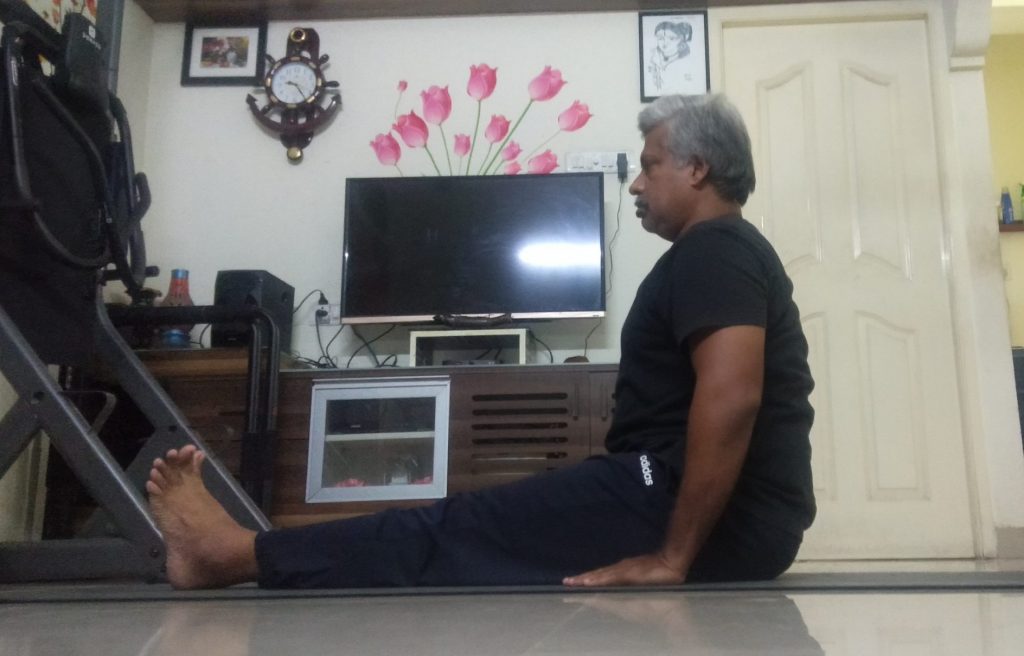
Other Benefits of Staff Pose
- It strengthens back muscles.
- The pose expands chest and shoulders.
- Improves digestion
- The pose boosts function of abdominal organs.
- It improves posture.
- It strengthens the hips.
- It relieves tiredness in legs.
Instructions
- Sit down on the mat with your legs stretched. Both the legs should be closer to each other.
- Place your palms by the sides on the floor.
- Sit tall and expand your chest.
- Keep the knees straight.
- Look straight.
- Hold the pose for 20 seconds. With practice, you can increase the duration of the pose to one minute.
Note
Those who find it difficult to keep the legs stretched can place a folded blanket or a yoga block under the legs while performing the pose.
Those with severe back pain can perform the pose leaning on the wall but keeping the back straight.
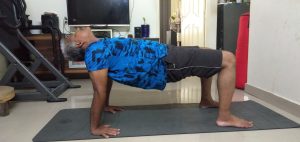
Yoga Pose for Day 28 – Reverse Table Top Pose (Ardha Purvottanasana)
Reverse Table Top Pose is called Ardha Purvottanasana in Sanskrit. ‘Ardha’ means ‘half, ‘purva’ means ‘east’, ‘uth’ means ‘intense’ and ‘taan’ means ‘to stretch’. That is, intense stretch of east side.
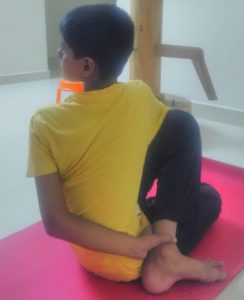
Yoga Pose for Day 26 – Half Spinal Twist (Ardha Matsyendrasana)
‘Ardha’ in Sanskrit means ‘half’, ‘matsya’ means ‘fish’, ‘indira’ means ‘king’ and hence, the pose is called Half Lord of the Fishes Pose and also is referred to as Half Spinal Twist named after the twist involved in the pose. It is also believed that the pose is named after a yogi called Matsyendrar.
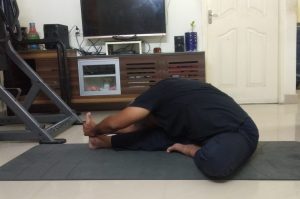
Yoga Pose for Day 25 – Head to Knee Pose (Janu Sirsasana)
Janu’ in Sanskrit means ‘knee’, ‘sirasa’ means ‘head’, that is, placing the head on knee. Technically, it is one legged Seated Forward Bend.
